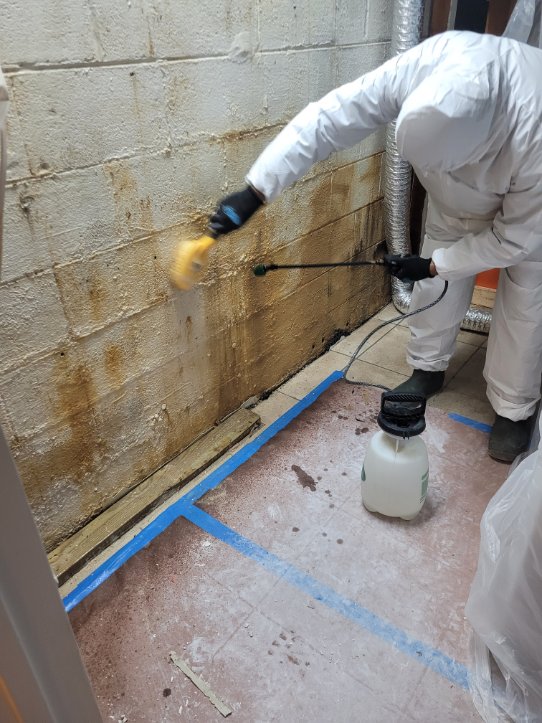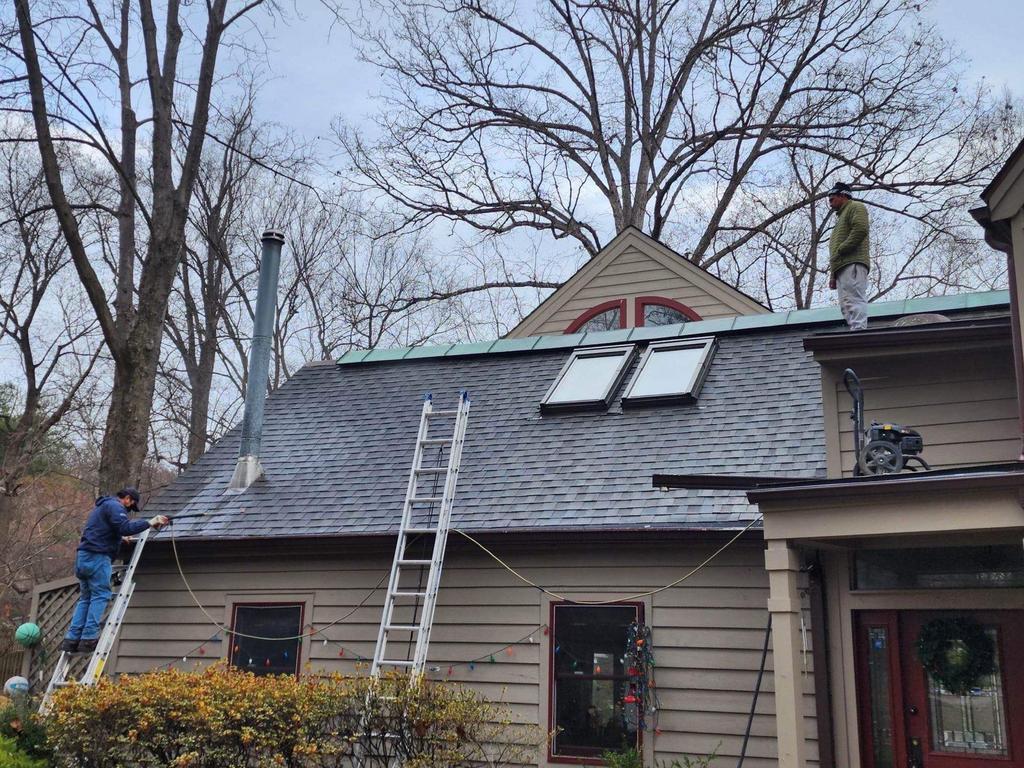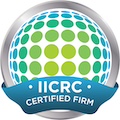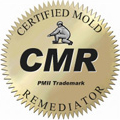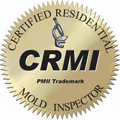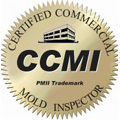Sometimes weather takes us by surprise. But a winter storm prep checklist can ensure you and your home are prepared for whatever comes. Whether you’re in for snow, high wind, freezing rain, ice, or extremely low temperatures, there are certain steps you can take to be ready.
When you create a winter weather checklist, you help ensure your family’s safety even in unpredictable circumstances. Not only does this checklist help you prepare, it allows you to cope during a storm and quickly recover once it’s passed through.
To learn all about Wind Chill, check the chart here.
Winter Weather Prep Essentials
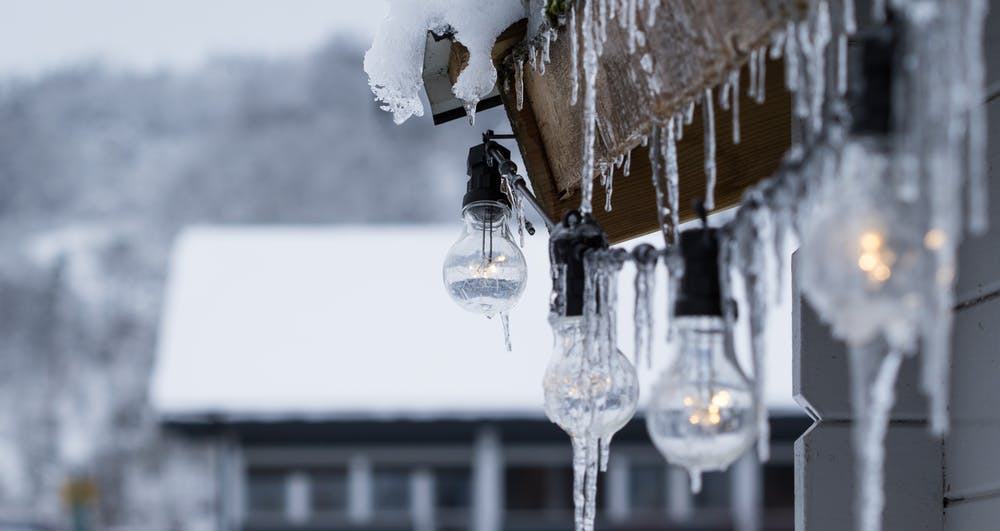
First, let’s talk about some essential items to gather for your home. Emergency supplies will help you stay calm and safe in a blizzard, snow storm, or ice storm.
Here are some supplies that are important for winter storm prep:
- Warm clothing like gloves, hats, scarves, winter coats, footwear
- Three days worth of non-perishable food and bottled water
- Plenty of batteries
- Make sure you have enough medication to ride out a storm
- Enough pet food to last several days
- Matches, flashlights, multi-tools, pocket knife, whistle
Lastly, ask yourself what every member of your family would need were you unable to visit a grocery store or pharmacy for three to four days. Make sure you have enough emergency items like inhalers, insulin, heart medication, and any pet-related necessities.
Winterize Your Home
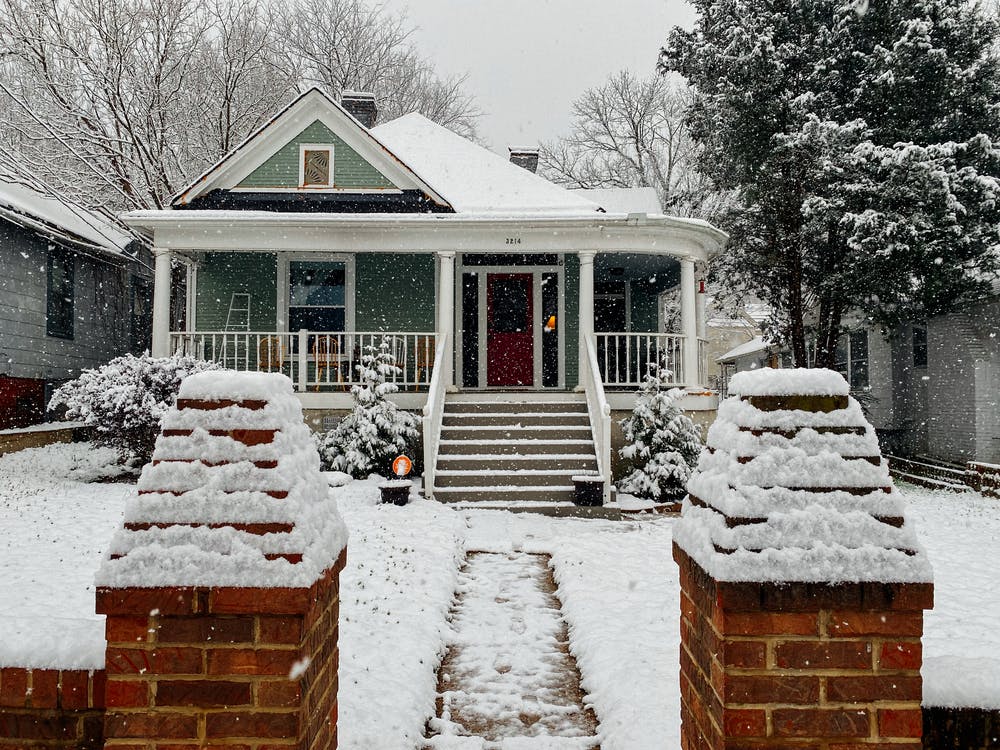
Next, let’s take a look at winterizing your home. With the proper winter storm prep, you and your home are ready to take on Mother Nature’s worst.
Here are some important steps to winterizing your home:
- Insulate water pipes
- Clear rain gutters
- Hire a contractor to check the stability of your roof
- Make sure your chimney and heating equipment are clean and inspected
- Keep fire extinguishers on hand and teach every family member how to use them
- Install battery-operated Carbon Monoxide detectors
- Review your homeowner’s insurance
These simple steps can save you a lot of heartache when winter weather strikes. If you think your home is at risk of flooding after snow melt, look into flood insurance.
Signing up for local weather warnings and alerts can help you stay on top of rapidly-changing conditions. Coming up with an emergency communication plan can also be helpful.
Winter Storm Prep: During

So the winter storm is upon you? Don’t panic. You’ve prepared your home, trained your family, stocked up on necessary supplies, and you’re staying on top of alerts and weather notifications.
Here are some tips for safely riding out the storm:
- Stay indoors and off the roads
- If you HAVE to drive, make sure you have an emergency kit with you
- Retain and consolidate heat by closing off certain rooms
- Use layers of clothing and blankets to stay warm
- Remember to bring your pets in from the cold
- Stay dry
- DO NOT use an oven, charcoal grill, or propane heater to heat your home
During the storm, you’ll want to know exactly what the weather alerts mean. Remember, an ADVISORY means a storm is expected. A WATCH means conditions are favorable for the storm. And a WARNING means a significant weather event is taking place.
After The Storm

Once you’ve made it through the storm, there are just a few more things to keep in mind. Though the worst might be in the past, weather conditions might still be dangerous and require special attention.
Here are some winter storm prep tips for after a storm:
- Drive only if necessary – be sure to remove all snow and ice from your car before starting it. This includes the tailpipe.
- Keep warm – wear layers, appropriate outerwear, sturdy footwear that keeps your feet dry, and remember to cover your ears and face with a hat, scarf, etc.
- Watch the news – weather can change quickly, and the aftermath of a storm can include new dangers like snow melt and floods. Monitor your local news updates to stay informed.
You can download the FEMA or Red Cross apps on your phone to receive updates on weather conditions in your area. You can also tune into the National Weather Service for detailed, up-to-date information on winter storms.
If your home is at risk for flood or water damage after melting snow, check out our page on water damage prevention here.

